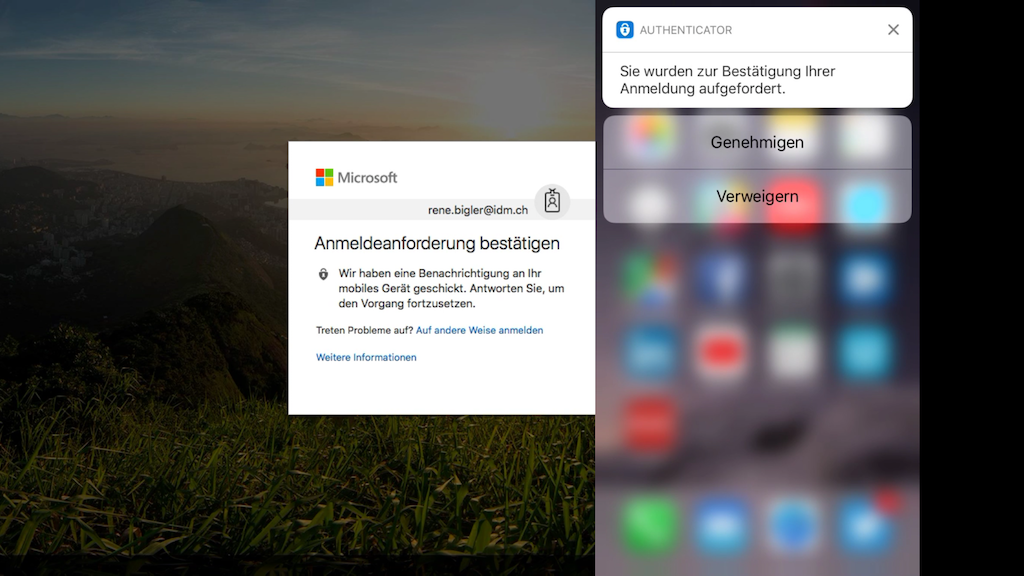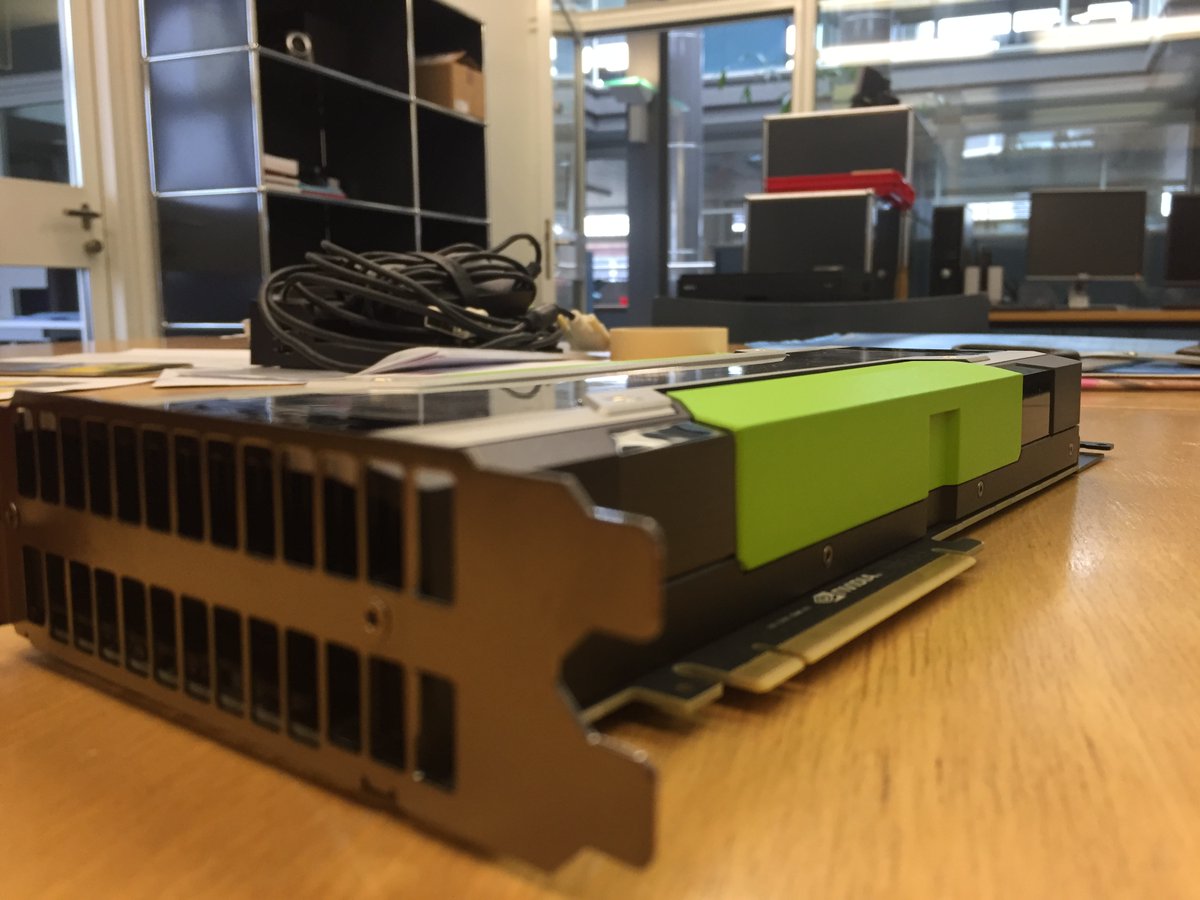The latest release of Nutanix AOS 5.5 supports out-of-the-box integration with Citrix Cloud and allows businesses to spin up a fully functional hybrid Citrix Cloud solution for XenApp and XenDesktop service environment within a couple of hours.
With Citrix Cloud XenApp and XenDesktop service, businesses no longer have to manage the desktop images, applications and security. All the desktop management services are part of the subscription. On the other hand the VDI and RDSH workloads, including all the sensitive data remain safe and close to the end users in the corporate data center. This hybrid solution approach takes out a lot of complexity of todays implementation of a traditional VDI infrastructure and internal IT can focus on stuff that really matters for the endusers. Continue reading “Nutanix InstantON For Citrix Cloud”




